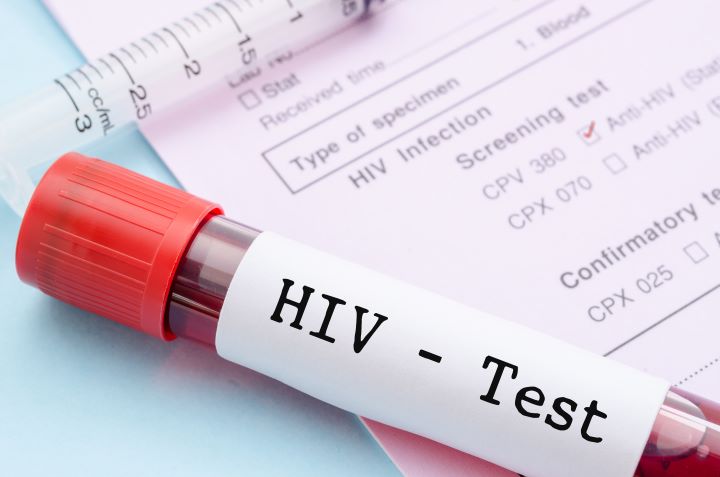Symptoms and treatment options for HIV infection
Understanding the signs and symptoms of HIV (Human Immunodeficiency Virus) at different stages, as well as the available treatment options, can go a long way in managing the disease effectively. This article aims to provide a thorough yet easily digestible insight into this important health topic.

Understanding the signs and symptoms of HIV (Human Immunodeficiency Virus) at different stages, as well as the available treatment options, can go a long way in managing the disease effectively. This article aims to provide a thorough yet easily digestible insight into this important health topic.
Unveiling HIV: The Early Stage Symptoms
The initial stage of HIV, also known as the acute infection stage, often comes with flu-like symptoms. These can include fever, sore throat, fatigue, and swollen lymph nodes, among others. However, it’s crucial to note that these symptoms may not always be noticeable and can often be mistaken for another illness.
The Clinical Latency Stage: What to Expect
As HIV progresses into the clinical latency stage, the virus remains active but reproduces at a much slower rate. During this time, people may experience no specific symptoms, while others may have minor and progressive symptoms such as fatigue, skin rashes, or weight loss.
Recognizing The Last Stage of HIV
The final stage of HIV is AIDS (Acquired Immunodeficiency Syndrome), where the immune system is significantly weakened, making individuals more susceptible to certain cancers and opportunistic infections. Symptoms at this stage can include rapid weight loss, recurring fever, prolonged swelling of the lymph glands, and more.
HIV Signs and Symptoms During AIDS
As the disease progresses into AIDS, symptoms become more severe and may include persistent fatigue, night sweats, chronic diarrhea, and unusual infections. It’s important to note that these symptoms often indicate a severely damaged immune system that requires immediate medical attention.
Treatment Options for HIV
HIV is a lifelong condition with no cure, but it can be managed effectively with antiretroviral therapy (ART). This treatment involves taking a combination of HIV medicines daily to reduce the viral load in the body, helping individuals live healthier and longer lives. It’s important to start ART as soon as possible after diagnosis.
HIV Treatment in The United States
In the United States, there are various programs and services available to help those living with HIV manage their condition. These include the Ryan White HIV/AIDS Program, Medicaid, and the AIDS Drug Assistance Program. It’s important to get tested and seek treatment promptly if you suspect you may have been exposed to HIV.
In conclusion, understanding the symptoms of HIV at different stages and knowing the available treatment options is crucial in managing the disease. Early detection and prompt treatment can significantly improve the quality of life for those living with HIV. Remember, an HIV diagnosis is not the end; with the right treatment and care, individuals can lead healthy and fulfilling lives.




